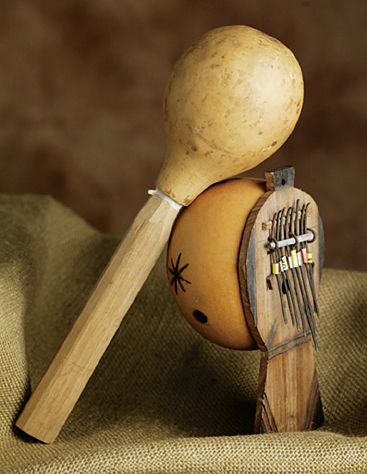Pitch, Dynamics, and Tone Color

If you have taken a course in physics, you know that sound is produced by vibrations that occur when objects are struck, plucked, stroked, or agitated in some other way. These vibrations are transmitted through the air and picked up by our ears.
For the production of sound in general, almost anything will do — the single rusted hinge on a creaky door as well as the great air masses of a thunderstorm. For the production of musical sounds, the usual objects are taut strings and membranes and columns of air enclosed in pipes of various kinds. These produce relatively simple vibrations, which translate into clearly focused or, as we say, “musical” sounds. Often the membranes are alive: They are called vocal cords.
Sound-
Musical sounds can be high or low, loud or soft, and can take on different qualities depending on the materials used to produce them. The musical terms for these aspects of sound are pitch, dynamics, and tone color.